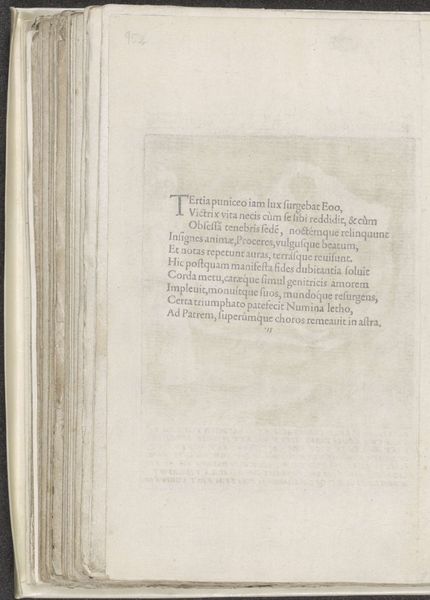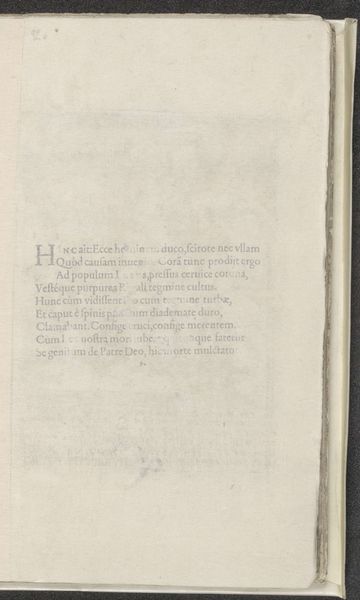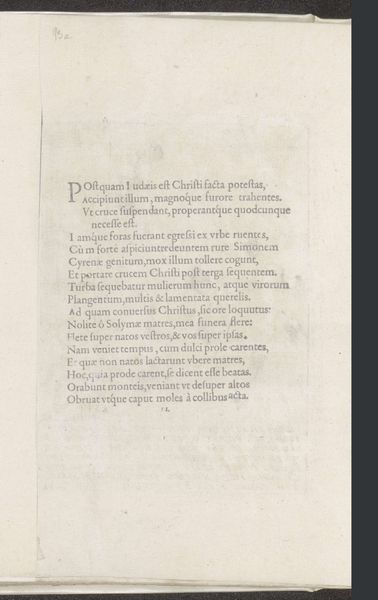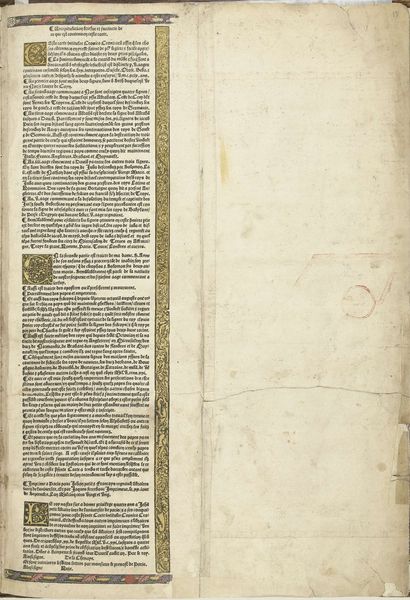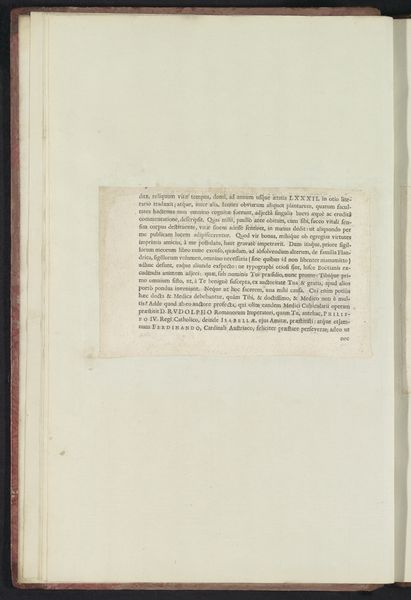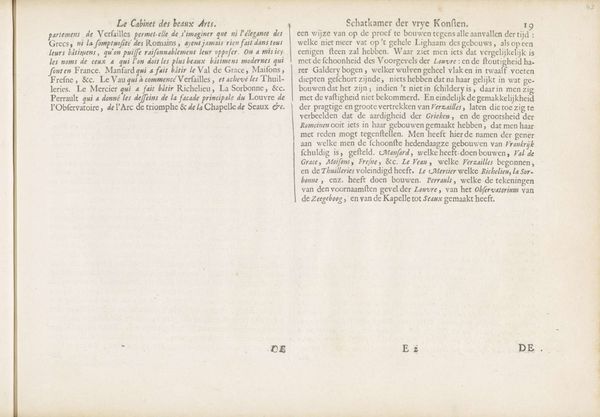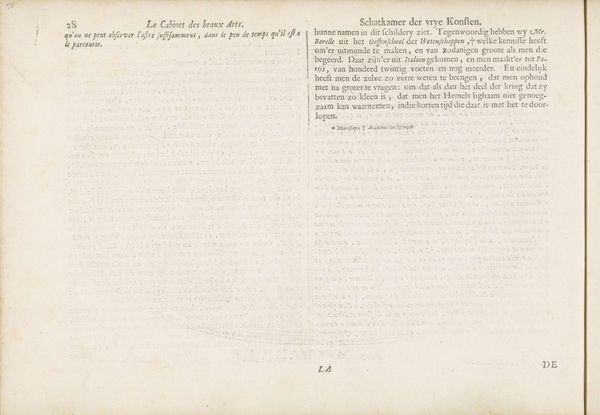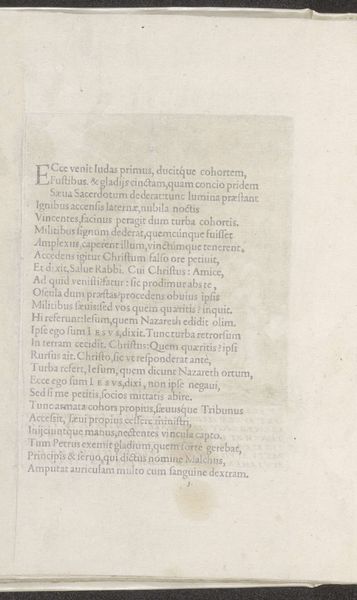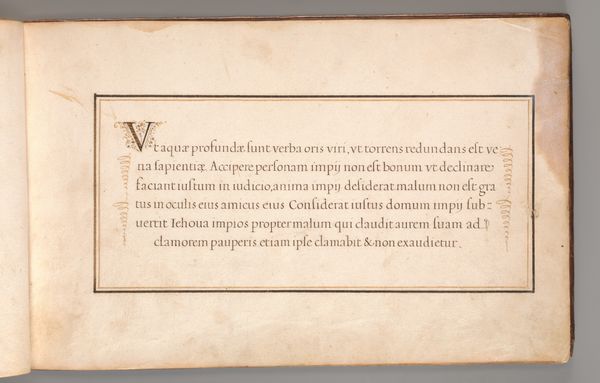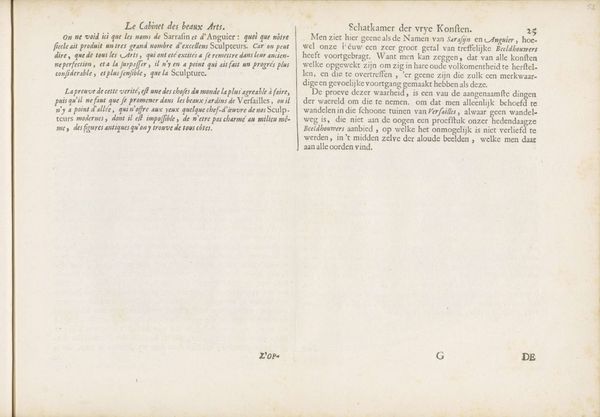
drawing, textile, paper, ink
#
drawing
#
light pencil work
#
script typography
#
sketch book
#
hand drawn type
#
hand lettering
#
textile
#
paper
#
11_renaissance
#
personal sketchbook
#
ink
#
sketchwork
#
hand-drawn typeface
#
sketchbook drawing
#
sketchbook art
Copyright: Rijks Museum: Open Domain
This page, "Tekst over de Graflegging," was made by Domenico Mancini, sometime between the mid-fifteenth and early sixteenth century. It combines ink and paper in a manner typical of early bookmaking, yet holds distinct cultural and social significance. The process of its creation began with preparing the parchment, likely from animal skin, which was then carefully treated to create a smooth, receptive surface. The text, inscribed with a quill, exemplifies the traditions of calligraphy. Notice the neat, uniform lines, and consistent character shapes of the text, which speak to the scribe’s highly developed skill. In the 15th century, the act of hand-copying texts was a laborious and specialized activity. This involved dedicated labor within monastic or academic settings and was crucial for disseminating knowledge. The format of the book itself allowed for the standardization and commodification of written material, contributing to the growing culture of literacy and scholarship during the Renaissance. Consider these intersections of manual craft, intellectual labor, and emerging capitalist structures as you consider this work.
Comments
No comments
Be the first to comment and join the conversation on the ultimate creative platform.
